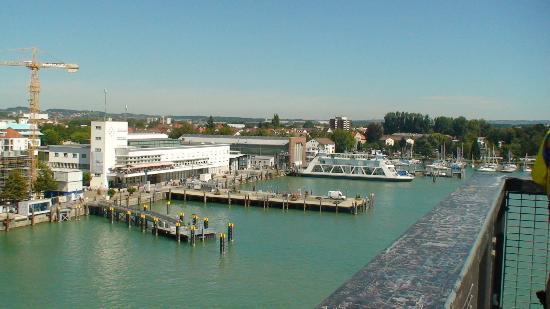October 12, 2011
The “Rena” ran aground on a reef off the North Island in New Zealand on 5 October 2011. It is predicted to be the worst maritime disasters in New Zealand’s history. Questions quickly began as to what the total cost would be and whether the shipowner (MSC is reported to have had the container vessel on a 5 year hire agreement) would be able to limit. I have heard a lot of speculation about what the result will be but in my opinion the vessel will be able to limit its liability to around USD 9.5 Million (considering that no direct fault of owners or charterers is alleged and proven).
There are 4 main conventions which apply to limitations for release of oil. The difference is extremely confusing but hopefully the following provides a brief ‘idiot’s’ guide.
1. The CLC Convention – This would normally be the first port of call for an oil pollution claim. However, it only covers persistant oil – i.e. heavy oil carried as cargo by oil tankers. It will not therefore apply.
2. The 1992 Fund Convention – In the same way as above this would not apply.
3. The Bunker Pollution Convention – This convention was brought in specifically to deal with the effect of large oil spillages from commercial vessels due to them spilling their own fuel (bunkers), rather than a cargo of fuel they were carrying. The New Zealand government has supported its implementation recognising that in the last ten years the worst oil pollution incidents in NZ waters have been bunker spills, however, to my knowledge they have not yet ratified or acceded to the convention. It therefore has no effect.
4. The LLMC 1976 – This is the convention that will probably therefore apply by default, as implemented into NZ law in the Maritime Transport Act 1994 . It is very broad brush and does not even specifically mention oil but the limit for claims which do not involve injuries to people or passengers are as follows:
(a) in the case of a ship of not more than 300 gross tons, 83 333 units of account:
Therefore the limit can be calculated as follows:
a. 167,000 SDR (for the first 500 GT)
b. 29,500 x 167 SDR = 4,926,500 SDR (for 501 to 30,000 GT)
c. 7,209 x 125 SDR = 901,125 SDR (for 30,001 to 37,209 GT – the GT of the “Rena”)
Total = 5,994,625 SDR (or) approx. 9,500,000 US Dollars at today’s rate of exchange.
* A ‘Unit of Account’ means a Special Drawing Right – see this article for an explanation of what this is.






